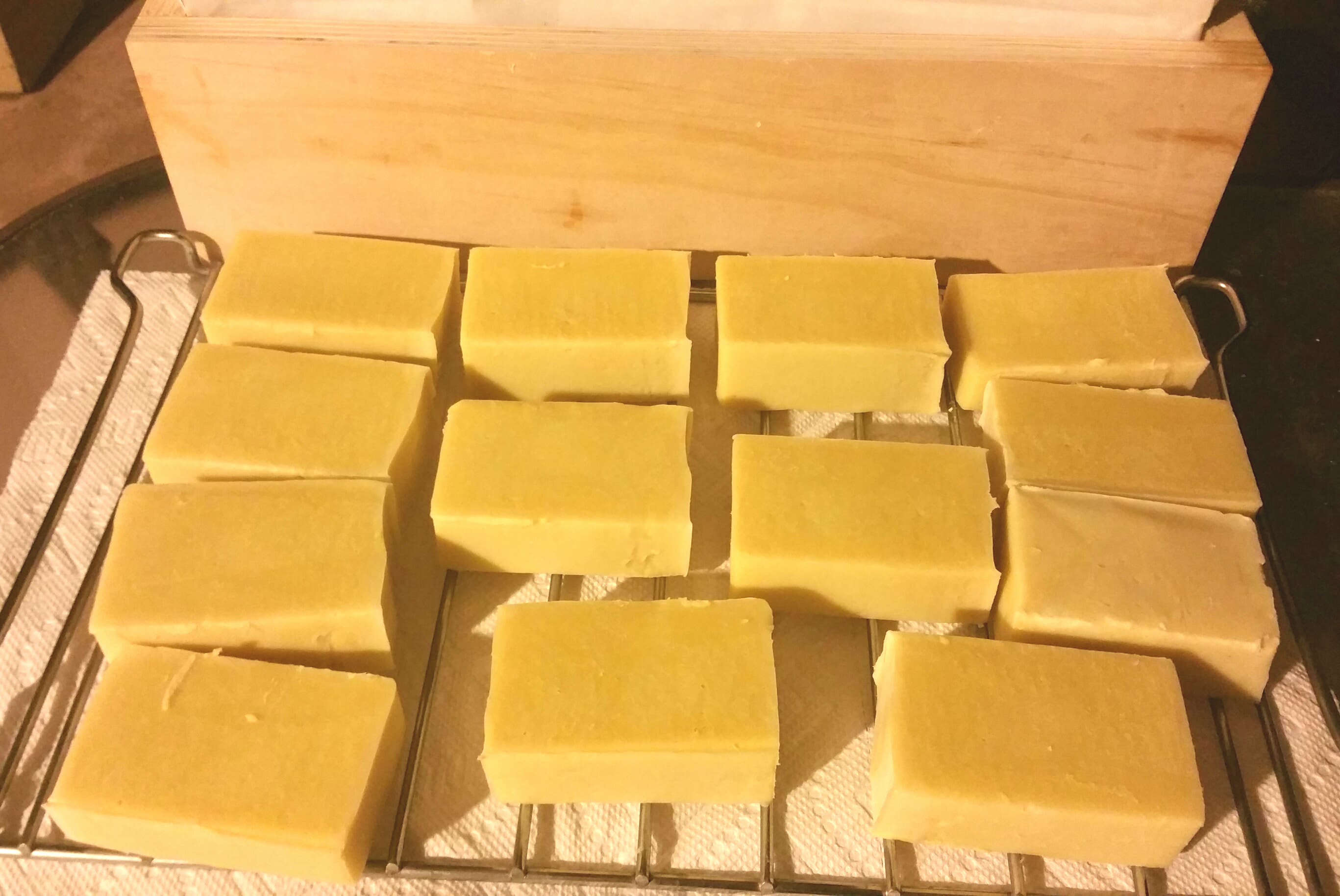Learning How Soap Is Made
Soap is one of the basic necessity of a clean body and household. This is what we need in order to clean everything around the house, including our body so having soap around is what makes us germ free. As a marketing specialist and a blogger I need to understand how soap is made and what are the key points on why soap makes such a big portion of the market.
To start with I went on and sign myself up with this group I found in the internet, it was called The Soap Collective by Dr. John M. Mikrut. At first I was kind of skeptical about it because I was worried that I might end up the only guy in the group and people might wonder what I was doing there and trying to learn this arts and craft thingy that is predominately women. But to my surprise there were men who wants to learn the bizz also plus the fact that the teacher was also male so it made me feel more comfortable.
Attending the Soap Making for Beginner is really something worth doing, John was very informative, the class was very interactive, I thought it was going to be boring but getting a whip of chemistry which was my favorite subject in high school and college got me really interested. John explains everything about what we need to learn about the process of soap making, the business side of it and the rules and regulations set by the FDA. Here I have also learned that soap is called soap by the FDA by its basic purpose… for cleaning. If it claims that it can moisturize and soften the skin, it should be considered as cosmetic and if it offers to cure acne or has a psychological and physiological effect, it should be considered as a drug.
At any rate let us cut to the chase, let me share what I have learned in making soap.
Materials:
- Stick blender
- measuring cups
- mixing bowl
- pitcher
- weighing scale
- silicon spatulas
- thermometer
- freezer paper
- mold
- heat source
- and a notebook
for safety:
- goggles
- latex gloves
- mask
- apron
- vinegar
For Oil Mixtures we were ask to bring
- coconut oil (to make your soap harder)
- olive oil (moisturizer)
- castor oil (for bubbly lather)
Lye Solution
- 100 % Lye crystals (30%)
- distilled water (70%)
and let us make soap!
- Mix Coconut oil, olive oil and castor oil in one bowl, you can heat it up to get it in its liquid form
- wear your safety gear
- pour the Lye crystal into the water (not the other way around or it will explode like a volcano)
- mix the lye solution until it turns clear and let it cool down
- when the oil mixture and the lye solution cools down to 100-130 F, this is the time to mix them together
- slowly pour the lye solution into the oil mixture while slowly mixing with the stick blender
- when you get the right trace
- pour the soap mixture into the mold
- let it sit for 24-48 hours
- cure for 3-4 weeks
 *use freezer paper in the mold for an easier dislodging of the hardened soap
*use freezer paper in the mold for an easier dislodging of the hardened soap
*letting it sit for 24-48 hours before taking it out of the mold to make it ready for cutting.
*curing for 3-4 weeks is the waiting period for the soap to get rid of all the moisture.
*make sure that the temperature of the lye solution and the oil mixture are both 100 – 130 F to make it fuse better.
*lye is very caustic so be very careful, make sure you have your safety gear on or a vinegar (acidic) as a neutralizer when there is a skin contact.
*Never inhale the fumes when mixing the lye solution so wear mask and goggles for eye safety.
*do this in a well ventilated area or outside the house.
*notebook is for recording all the ingredients and the measurement of your oil and lye solution.




Hello everybody ! can anyone recommend where I can buy CBDmd CBD Tincture Broad Spectrum Nighttime Pm Mint 500mg?
Can someone recommend Penis Developers? Cheers xox
infinite cbd afterglow healing oil 100 mil what happens if you put drops under tongue